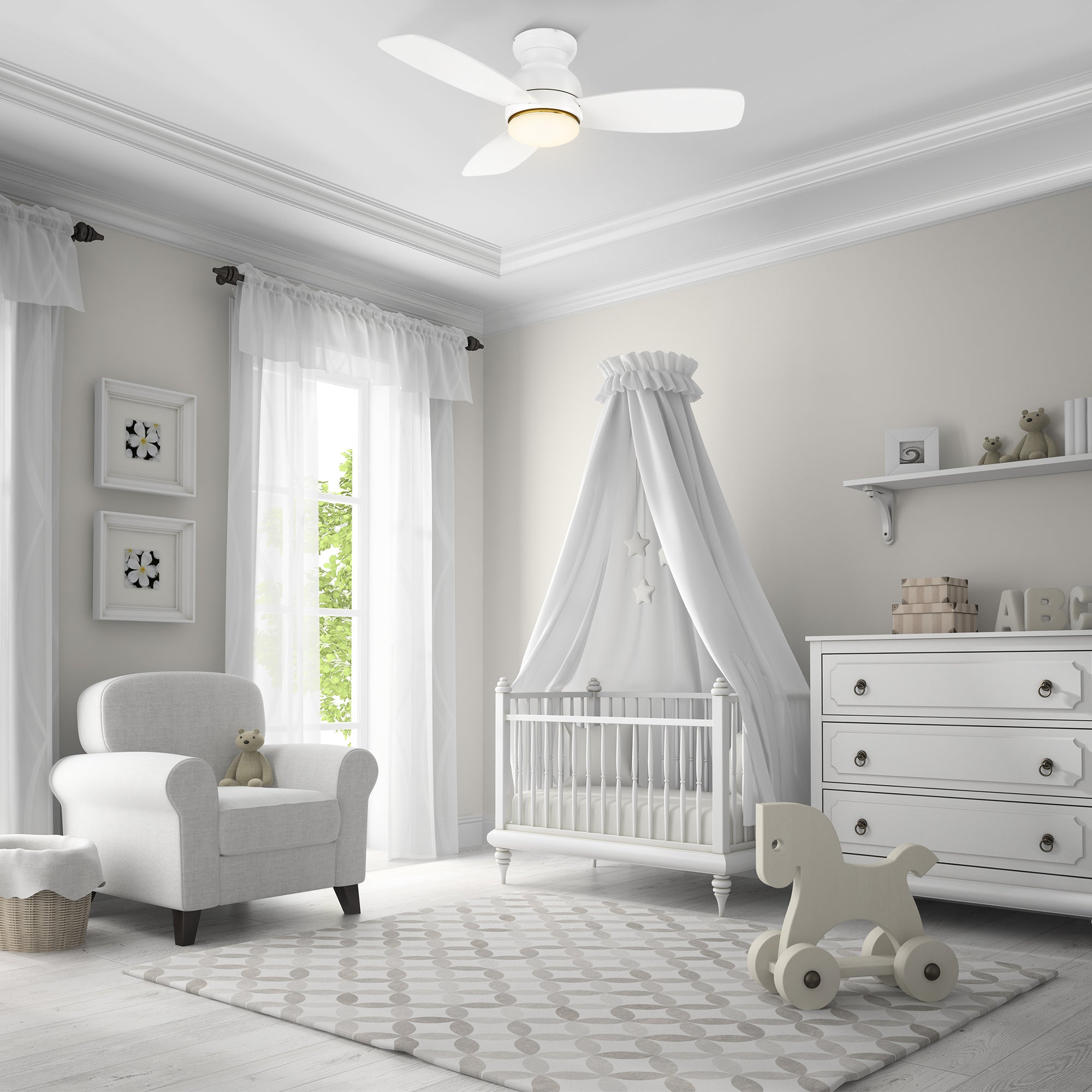

Articles
Where To Put Fan In Baby Room
Modified: August 27, 2024
Looking for articles on where to put a fan in a baby room? Find helpful tips and guidance to ensure optimal cooling and safety for your little one.
(Many of the links in this article redirect to a specific reviewed product. Your purchase of these products through affiliate links helps to generate commission for Storables.com, at no extra cost. Learn more)
Introduction
Welcome to the world of parenting, where every decision is carefully weighed, especially when it comes to creating the perfect environment for your little one. As a new parent, you want to ensure that your baby’s room is comfortable, safe, and conducive to healthy sleep. One essential addition to any baby room is a fan. While it may seem like a simple appliance, a fan can play a crucial role in providing comfort and promoting air circulation.
In this article, we will explore the importance of having a fan in a baby room and provide you with valuable tips on where to place it for optimal results. We will also highlight the safety considerations you need to keep in mind and share insights on choosing the right type of fan and its recommended features for your baby’s room.
So, if you’re ready, let’s dive in and discover how a fan can make a significant difference in your baby’s sleeping environment!
Key Takeaways:
- A fan in a baby’s room regulates temperature, promotes air circulation, and creates a soothing atmosphere, contributing significantly to the baby’s comfort, safety, and overall well-being.
- Safety, ideal placement, and recommended features are crucial when choosing and placing a fan in a baby’s room, ensuring a conducive and safe sleeping environment for the little one.
Read more: Where To Put Baby In Living Room
Importance of Having a Fan in a Baby Room
When it comes to creating a comfortable and safe environment for your baby, a fan can be a game-changer. Here are some reasons why having a fan in a baby room is of utmost importance:
- Temperature Regulation: Babies are more sensitive to temperature changes compared to adults. A fan can help regulate the temperature in the room, keeping it cool during hot summer months and preventing overheating. This is especially important for infants who are unable to regulate their body temperature efficiently.
- Air Circulation: Proper air circulation is vital for a healthy sleeping environment. A fan helps to circulate fresh air and prevent stagnant air from building up in the room. This can help reduce the risk of respiratory issues such as allergies and asthma, as well as minimize the presence of pollutants or odors.
- Noise Masking: Babies are accustomed to hearing various sounds while in the womb. The gentle hum of a fan can provide a soothing white noise background that mimics the sounds they are familiar with. This can help drown out other noises in the house or outside, creating a conducive sleeping environment and promoting better sleep for your baby.
- Sleep Quality: A comfortable sleep environment is essential for your baby’s overall well-being. By maintaining a consistent and comfortable room temperature with the help of a fan, you can promote better sleep quality. An appropriately cooled room can reduce the chances of your baby waking up due to discomfort, ensuring longer and more restful sleep for both you and your little one.
- Preventing SIDS: Sudden Infant Death Syndrome (SIDS) is a heartbreaking tragedy that can occur during sleep. While the exact causes of SIDS are uncertain, there are certain risk factors associated with it. Research suggests that keeping the baby’s sleeping environment cool and using a fan to circulate air may help reduce the risk of SIDS.
- Calming Effect: The gentle breeze created by a fan can have a calming effect on babies. The airflow can help soothe them and make them feel more comfortable, especially during nap times or bedtime routines. Additionally, the consistent air movement can also help prevent the buildup of stuffiness or humidity in the room.
Now that we are aware of the importance of having a fan in a baby room, let’s dive into the essential safety considerations when placing a fan in your baby’s room.
Safety Considerations When Placing a Fan in a Baby Room
While a fan can provide numerous benefits for your baby’s room, it is essential to prioritize safety when choosing its placement. Here are some crucial safety considerations to keep in mind:
- Secure Placement: Ensure that the fan is placed securely and out of reach of your baby. It is recommended to mount the fan on a wall or ceiling, using appropriate brackets or mounts. This prevents the chance of the fan toppling over or being pulled down by curious little hands.
- Cord Safety: Ensure that the fan’s power cord is safely secured and out of your baby’s reach. You can use cord clips or cord covers to prevent tangling or accidental pulling of the cord. Additionally, make sure to keep any extra cord length out of reach to avoid any potential hazards.
- Proper Ventilation: Avoid placing the fan too close to the crib or any other furniture to ensure proper ventilation. Allow enough space for adequate air circulation and to prevent any objects from obstructing the airflow. This will help maintain a comfortable and safe environment for your baby.
- Smooth Edges and Grills: When selecting a fan for your baby’s room, choose one with smooth edges and protective grills. This will prevent any accidental injuries or little fingers from getting caught in the fan blades. Regularly inspect and clean the fan to ensure that there are no loose or broken parts that could pose a safety risk.
- Electrical Safety: As with any electrical appliance, make sure to follow the manufacturer’s instructions regarding electrical safety. Check that the fan is properly grounded and that the electrical outlets in the baby’s room are in good working condition. If you notice any loose or faulty wiring, contact a professional electrician to address the issue promptly.
- Suitable Fan Speed: Opt for a fan with adjustable speed settings, allowing you to choose a gentle and safe airflow for your baby’s room. Avoid using high-speed settings that may create an uncomfortable draft or cause objects to fly around the room. A low to medium fan speed should suffice for maintaining a comfortable and safe sleeping environment.
By considering these safety measures, you can ensure that the fan in your baby’s room provides optimal comfort and peace of mind. Next, let’s explore the different types of fans that are suitable for a baby’s room.
Choosing the Right Type of Fan for a Baby Room
When selecting a fan for your baby’s room, it’s important to consider factors such as noise level, size, and functionality. Here are some different types of fans that are suitable for a baby’s room:
- Ceiling Fans: Ceiling fans are a popular choice for baby rooms as they provide efficient air circulation and distribute airflow evenly throughout the room. Look for a ceiling fan with a quiet motor and adjustable speed settings. Opt for a model with a built-in light fixture, as it can provide soft and soothing lighting during nighttime routines.
- Tabletop or Desk Fans: Tabletop or desk fans are compact and portable, making them a versatile option for a baby’s room. These fans can be placed on a dresser or nightstand to provide a gentle breeze. Look for models with adjustable angles and speed settings. Choose a fan with a stable base to prevent tipping over.
- Floor Fans: Floor fans are ideal if you have a large baby room or if you want to cool down a specific area of the room. Opt for a floor fan with an adjustable height feature to direct airflow according to your needs. Make sure the fan has sturdy construction and a wide base to ensure stability.
- Wall-Mounted Fans: Wall-mounted fans are a safe and space-saving option for a baby’s room. These fans can be mounted high on the wall to keep them out of reach of your curious baby. Look for models with oscillation features to ensure better air circulation. Ensure that the fan is securely installed according to the manufacturer’s instructions.
- Air Purifier Fans: Air purifier fans are an excellent choice if you want to improve air quality in your baby’s room. These fans not only circulate air but also filter out pollutants, allergens, and dust. Opt for models with advanced filtration systems and quiet operation. Ensure that the filters are easily removable and replaceable for convenience.
Consider the size of your baby’s room, the level of noise tolerance, and your specific needs when selecting the right fan type. Additionally, look for fans that have a Child Lock feature to prevent your baby from accidentally changing the settings or accessing the fan controls.
Now that you have an idea of the different types of fans suitable for a baby’s room, let’s move on to discussing the ideal placement options for a fan in your baby’s room.
Place the fan in a safe location where it cannot be reached by the baby, such as on a high shelf or securely mounted on the ceiling. Make sure it is not blowing directly on the baby to avoid discomfort or chilling.
Ideal Placement Options for a Fan in a Baby Room
Choosing the right placement for your fan in a baby’s room is essential to maximize its effectiveness and ensure the comfort and safety of your little one. Here are some ideal placement options to consider:
- Ceiling-Mounted: If you have a ceiling fan, the ideal placement is directly above the center of the room. This allows for optimal air circulation throughout the entire space. Make sure the fan is installed at a safe height, considering the height of the ceiling and the height of your baby’s crib or any other furniture.
- Corner Placement: Placing a fan in the corner of the room can create better air movement without directly blowing air onto your baby. The fan should be positioned at an angle, facing towards the center of the room, to distribute the airflow evenly.
- Angled Placement: If you have a table or desk fan, you can angle it slightly upwards or towards a wall to create indirect airflow. This prevents the direct breeze from directly blowing onto your baby and causing discomfort. Experiment with different angles to find the most comfortable airflow for your little one.
- Near a Window: Positioning the fan near a window can create a cross breeze by bringing in fresh air from outside. This can help promote better ventilation and regulate the temperature inside the baby’s room. However, make sure that the window is securely closed to prevent any safety risks.
- Opposite to the Crib: Avoid placing the fan directly in front of or above the crib to prevent the airflow from directly blowing onto your baby’s face. Instead, position the fan on the opposite side of the room, ensuring that the airflow is gentle and indirect.
- Away from Obstacles: Ensure that the fan is placed away from any obstacles such as curtains, furniture, or stuffed animals. These objects can obstruct the airflow and diminish the fan’s effectiveness. Keep the surrounding area around the fan clear to allow for optimal air circulation.
Remember to regularly check the fan’s position, especially as your baby grows and starts to become more mobile. Adjust the placement if necessary to ensure that the fan remains out of your baby’s reach.
Now that we’ve discussed the ideal placement options, let’s explore some recommended fan features for a baby’s room.
Read more: Where Do You Put Your Baby Monitor
Recommended Fan Features for a Baby Room
When choosing a fan for your baby’s room, there are several features that can enhance their comfort and safety. Here are some recommended fan features to consider:
- Quiet Operation: Look for a fan that operates quietly, especially during nighttime use. A loud fan can disturb your baby’s sleep and cause unnecessary discomfort. Choose a fan with a quiet motor or adjustable speed settings to ensure a peaceful sleeping environment.
- Timer Function: A fan with a timer function can be a convenient feature to have in a baby’s room. This allows you to set a specific duration for the fan to operate, ensuring that it turns off automatically after a certain period. This can be useful for nap times or bedtime routines.
- Remote Control: Opt for a fan with a remote control feature, allowing you to adjust the settings without disturbing your sleeping baby. This saves you from having to enter the room and potentially waking your little one up. Make sure the remote control is simple to use and has a good range.
- Night Light: Some fans come with built-in night lights, providing a soft and soothing source of illumination during nighttime. This can help create a comforting ambiance in the room and serve as a gentle nightlight for your baby without the need for additional lighting fixtures.
- Adjustable Speed Settings: Choose a fan with adjustable speed settings, allowing you to customize the airflow according to your baby’s needs. This provides flexibility in maintaining a comfortable temperature and preventing drafts that may cause discomfort.
- Child Lock: Look for a fan with a child lock feature to prevent your baby from accidentally changing the settings or accessing the fan controls. This ensures that the fan operates consistently and reduces the risk of any potential mishaps.
- Easy-to-Clean: Select a fan that is easy to clean and maintain. Opt for models with removable grills or blades that can be easily wiped or washed. This helps to keep the fan free from dust accumulation and maintains its optimal performance.
Consider your specific needs and priorities when selecting a fan for your baby’s room. Remember that safety and comfort should always be the top priority. Now, let’s move on to some essential tips for maintaining a fan in your baby’s room.
Tips for Maintaining a Fan in a Baby Room
Maintaining a fan in your baby’s room is essential for its optimal performance and longevity. Here are some tips to help you keep the fan in top condition:
- Regular Cleaning: Dust and debris can accumulate on the fan blades and affect its functionality. Regularly clean the fan by gently wiping the blades with a soft cloth or using a mild cleaning solution. Ensure that the fan is unplugged before cleaning to avoid any accidental injuries.
- Check for Loose Parts: Periodically inspect the fan for any loose or broken parts, such as screws or blades. Tighten any loose screws and replace any broken parts to ensure the fan’s stability and safety. If you notice any significant damage, consider replacing the fan to maintain a safe sleeping environment for your baby.
- Inspect Electrical Components: Regularly check the electrical components, such as the power cord and plug, for any signs of wear or damage. If you notice any frayed wires or exposed cables, discontinue use and have the fan repaired or replaced. Safety should always be a priority when dealing with electrical appliances.
- Keep the Surrounding Area Clean: Ensure that the area surrounding the fan is free from dust, debris, and any potential hazards. Keep furniture, toys, and other objects away from the fan to prevent them from being accidentally pulled into the blades. A clear and clutter-free space will promote optimal air circulation and reduce the risk of accidents.
- Follow Manufacturer’s Instructions: Always refer to the manufacturer’s instructions for any specific maintenance recommendations or guidelines. Each fan model may have unique features and requirements, so make sure to follow the instructions provided to ensure proper care and maintenance of your fan.
- Monitor Fan Performance: Pay attention to any changes in the fan’s performance. If you notice a decrease in airflow, unusual noises, or any other issues, it may be time to clean or repair the fan. Regularly monitor the fan to ensure that it continues to function properly and provide a comfortable sleeping environment for your baby.
- Replace Filters (if applicable): If you have a fan with built-in air purifier features, make sure to replace the filters as recommended by the manufacturer. This will ensure that the purification function remains effective, providing clean and fresh air for your baby’s room.
By following these tips, you can maintain a clean and reliable fan in your baby’s room, ensuring its optimal performance and promoting a comfortable and safe sleeping environment.
Now that we have covered tips for maintaining a fan, let’s wrap up our article.
Conclusion
Choosing to have a fan in your baby’s room can contribute significantly to their comfort, safety, and overall well-being. By regulating temperature, promoting air circulation, and creating a soothing atmosphere, a fan plays a vital role in creating a conducive sleeping environment for your little one.
When placing a fan in a baby’s room, it’s crucial to prioritize safety. Securely mount the fan out of your baby’s reach, ensure proper ventilation, and keep cords and electrical components safely managed. Additionally, selecting the right type of fan, such as ceiling fans, tabletop fans, or air purifier fans, can further enhance the benefits provided.
Ideal placement options includes corner placement, angling the fan, positioning it near a window for cross breeze, or away from the crib to avoid direct airflow. The recommended features for a baby’s room fan include quiet operation, timer function, remote control, night light, adjustable speed settings, child lock, and easy-to-clean design.
To ensure the longevity and optimal performance of your fan, it is important to maintain regular cleaning, inspect for loose parts, and follow the manufacturer’s instructions. A clean and well-maintained fan will continue to provide comfort and a safe sleeping environment for your baby.
Remember, as a parent, you play a crucial role in creating an environment that supports your baby’s growth and development. The addition of a fan in their room can make a significant difference in their comfort, sleep quality, and overall well-being. So, take the time to carefully choose and place a fan in your baby’s room, and enjoy the peace of mind that comes with knowing you’ve provided them with a safe and comfortable space to rest and grow.
We hope this article has provided you with valuable insights and guidance on the importance, safety considerations, choosing, placing, and maintaining a fan in a baby’s room. Wishing you and your little one many restful nights and a healthy, happy sleep environment!
Frequently Asked Questions about Where To Put Fan In Baby Room
Was this page helpful?
At Storables.com, we guarantee accurate and reliable information. Our content, validated by Expert Board Contributors, is crafted following stringent Editorial Policies. We're committed to providing you with well-researched, expert-backed insights for all your informational needs.
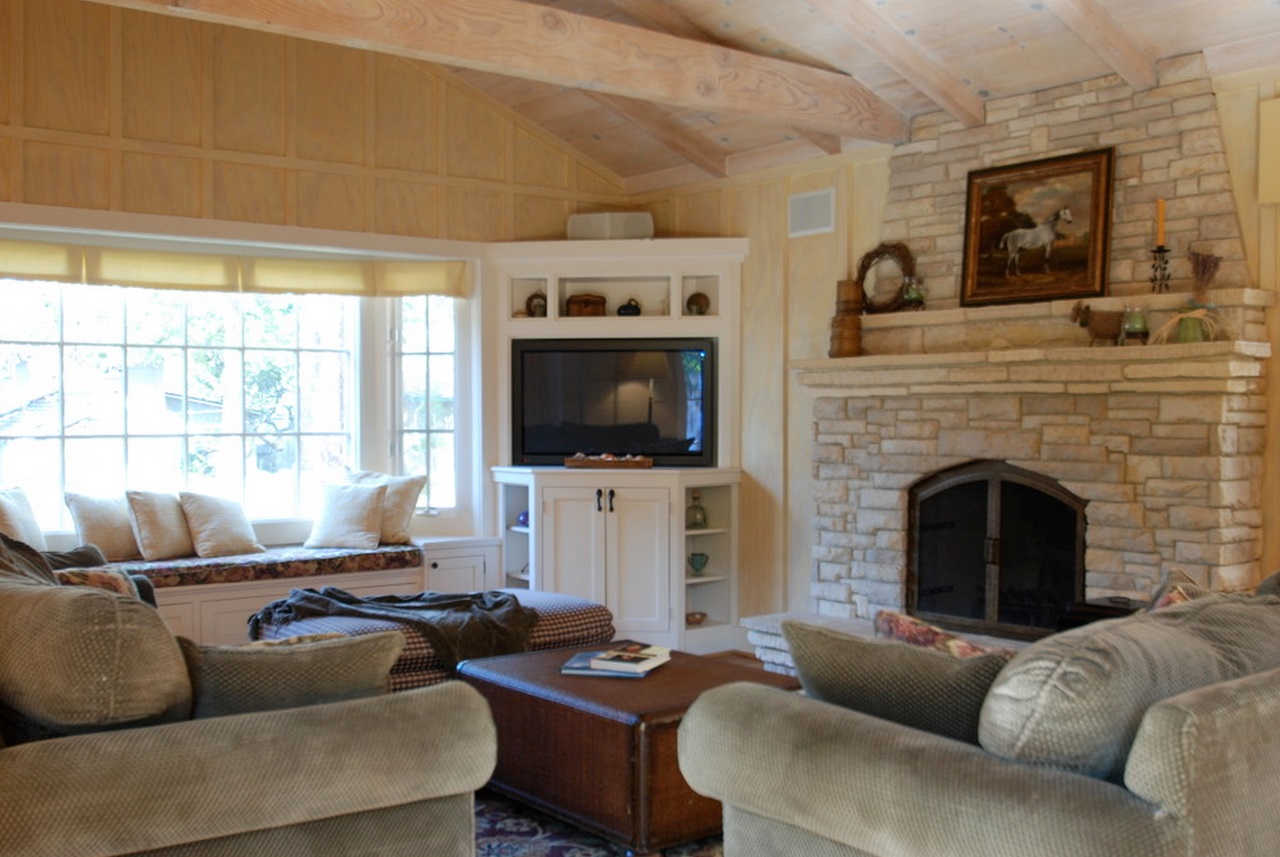


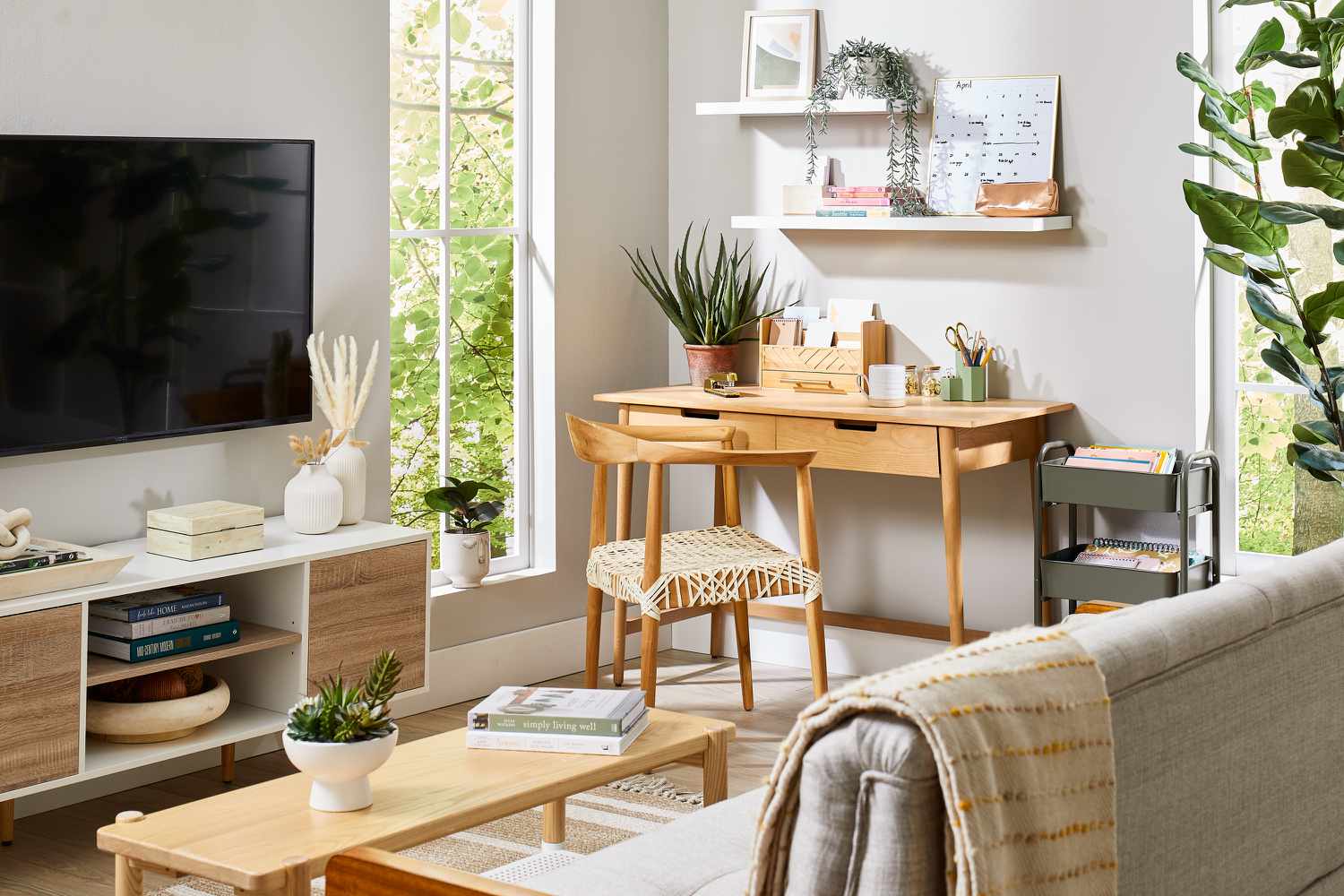
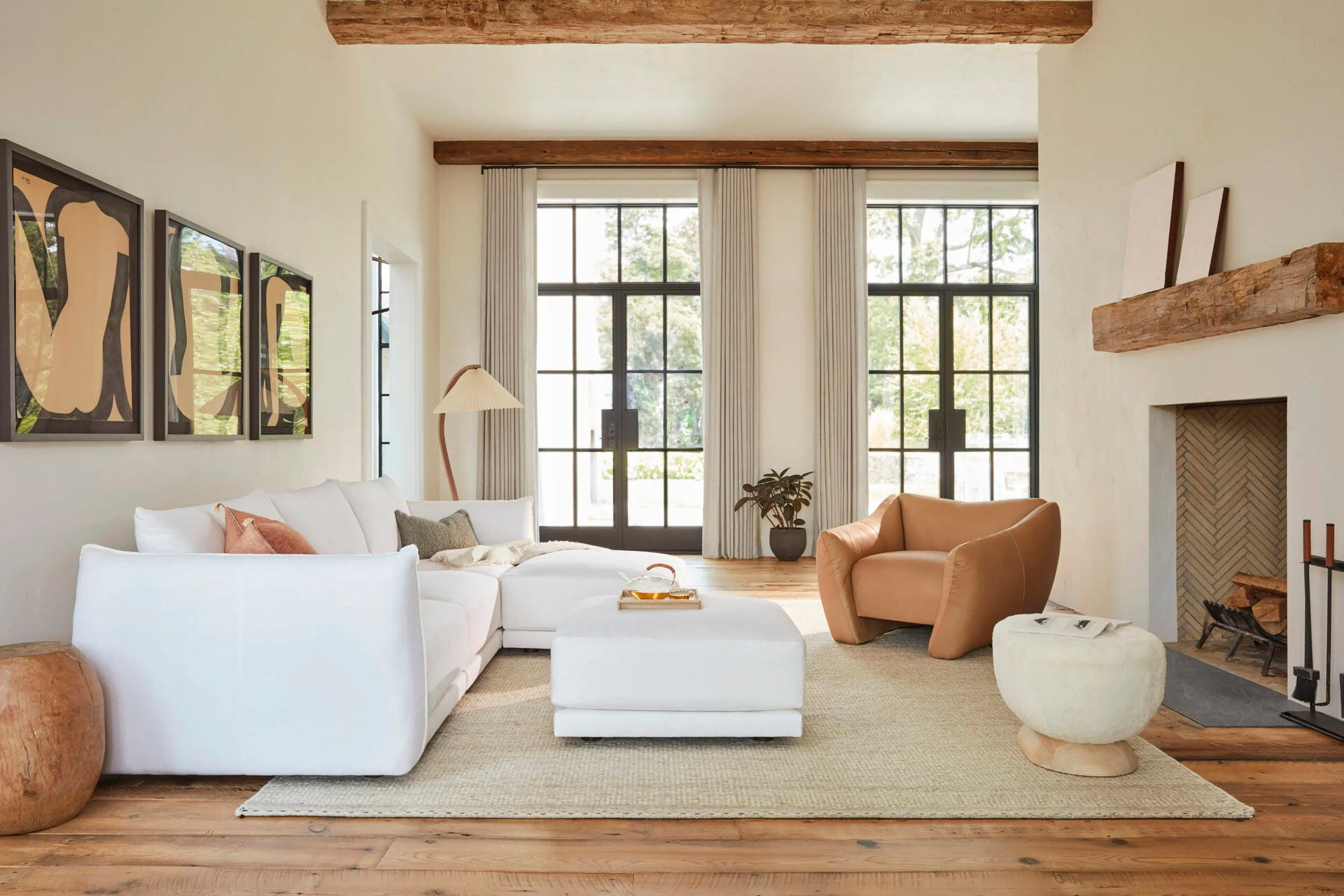
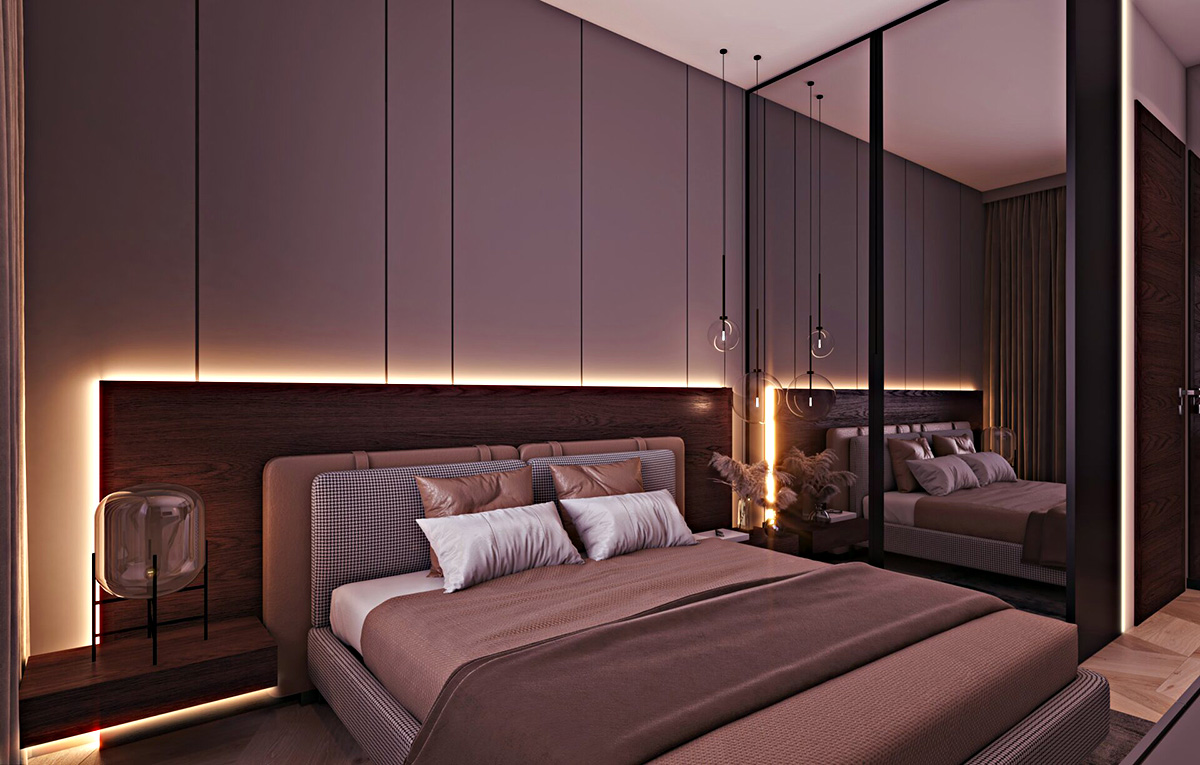


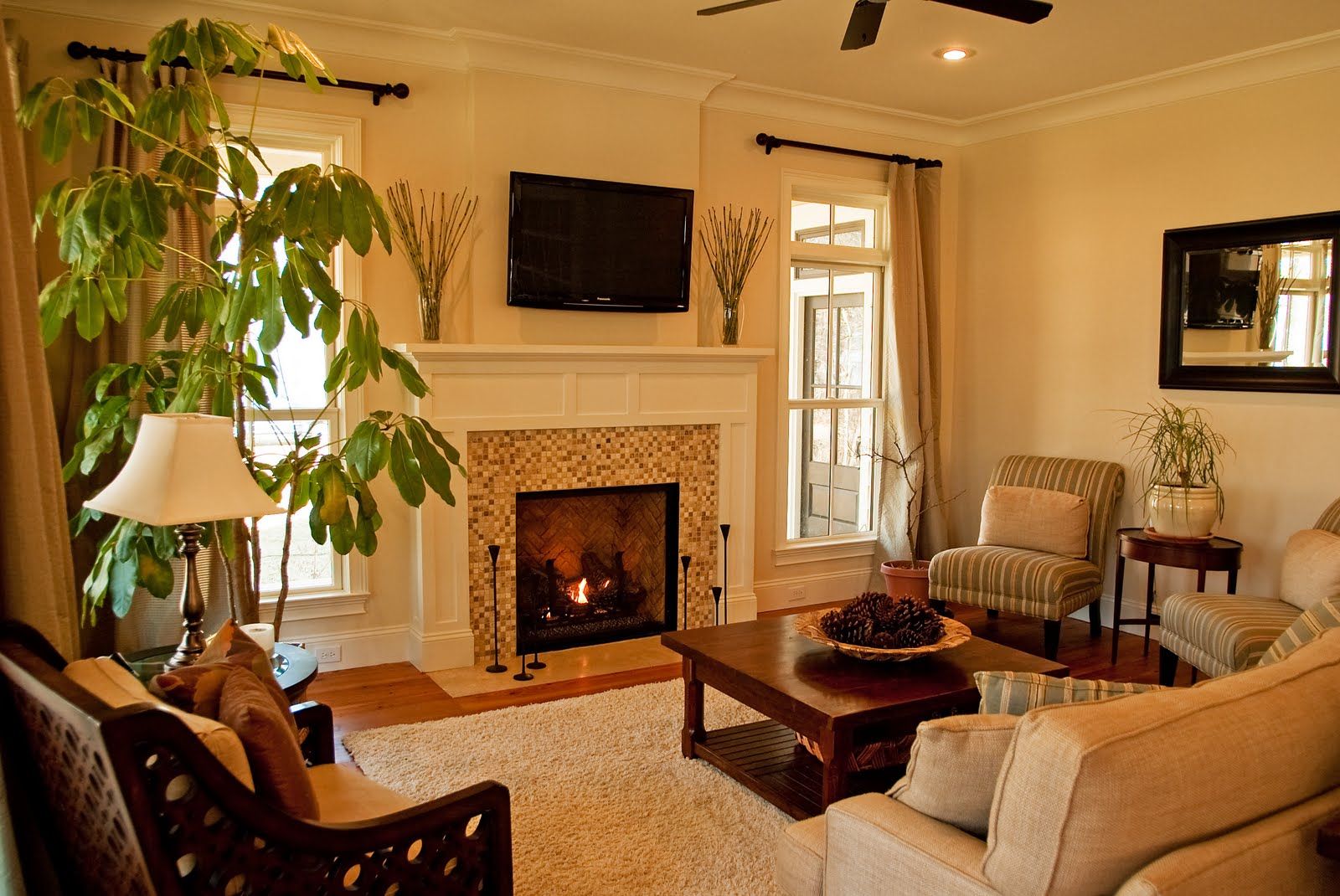
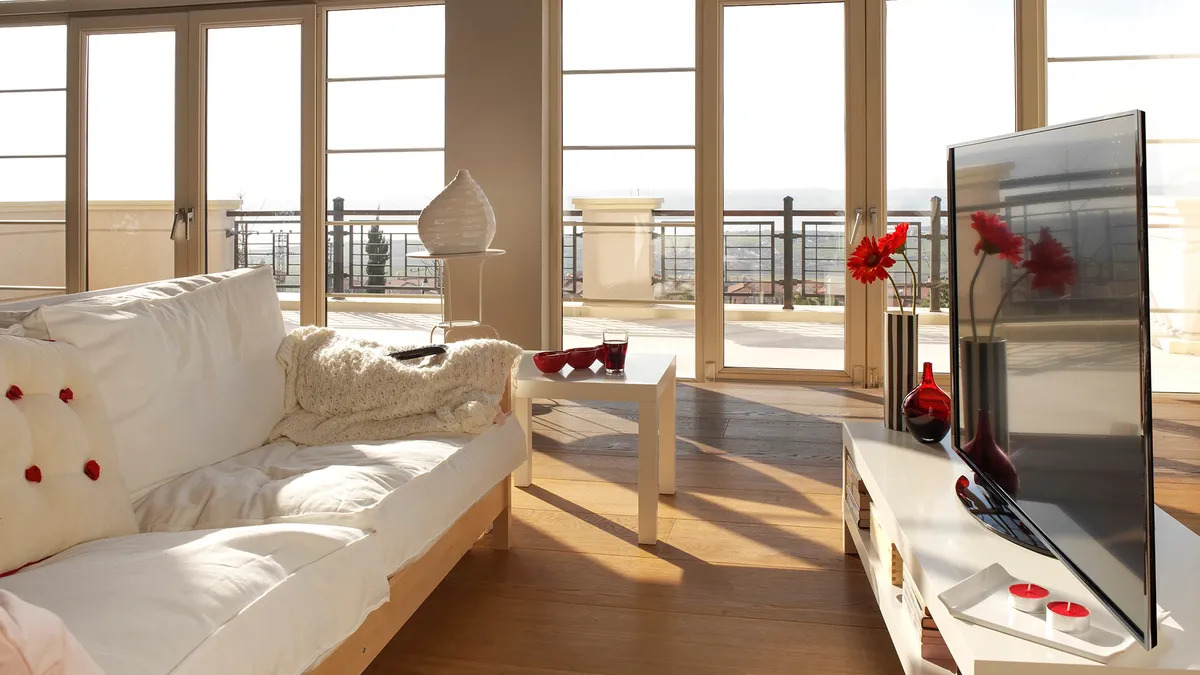
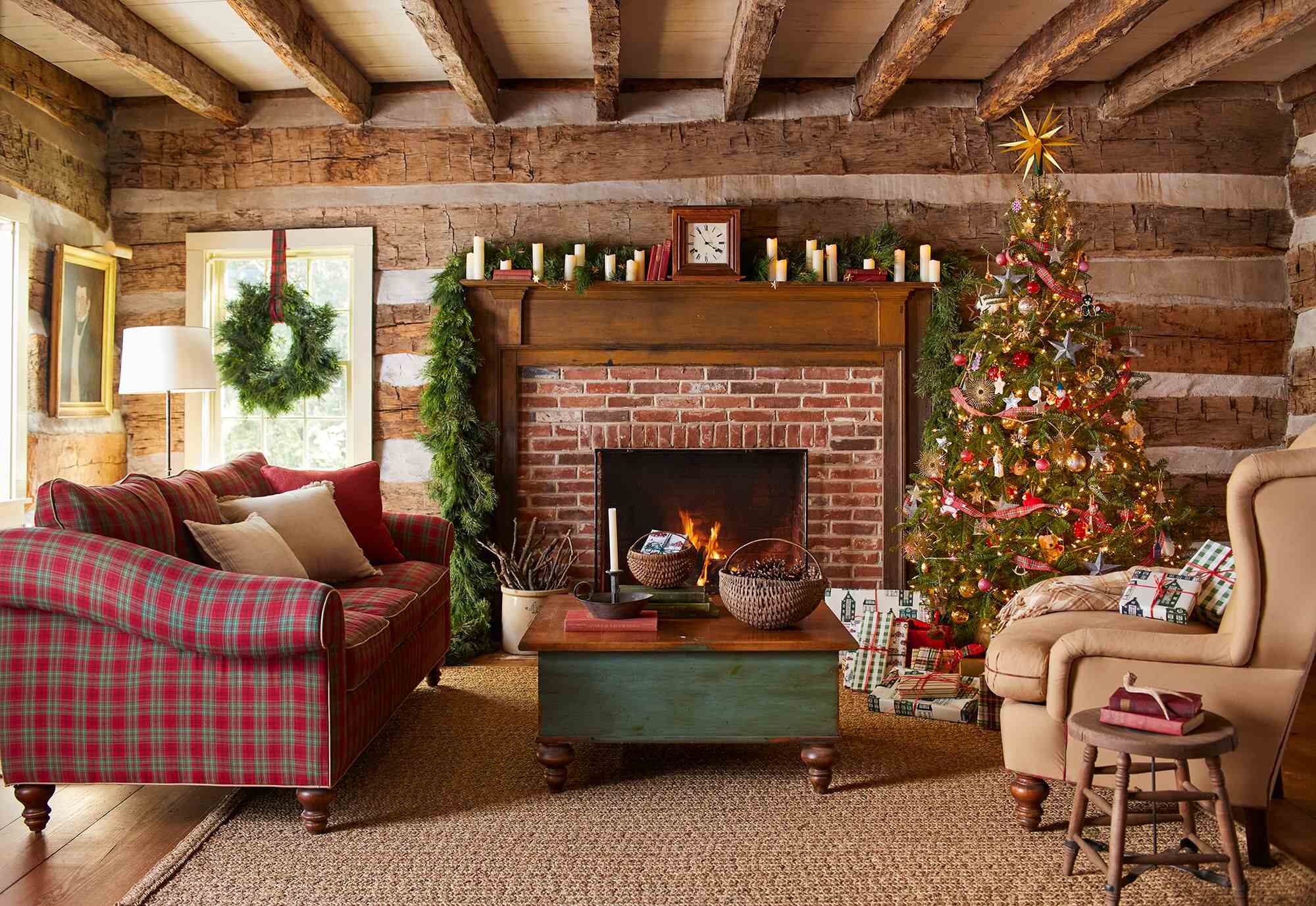
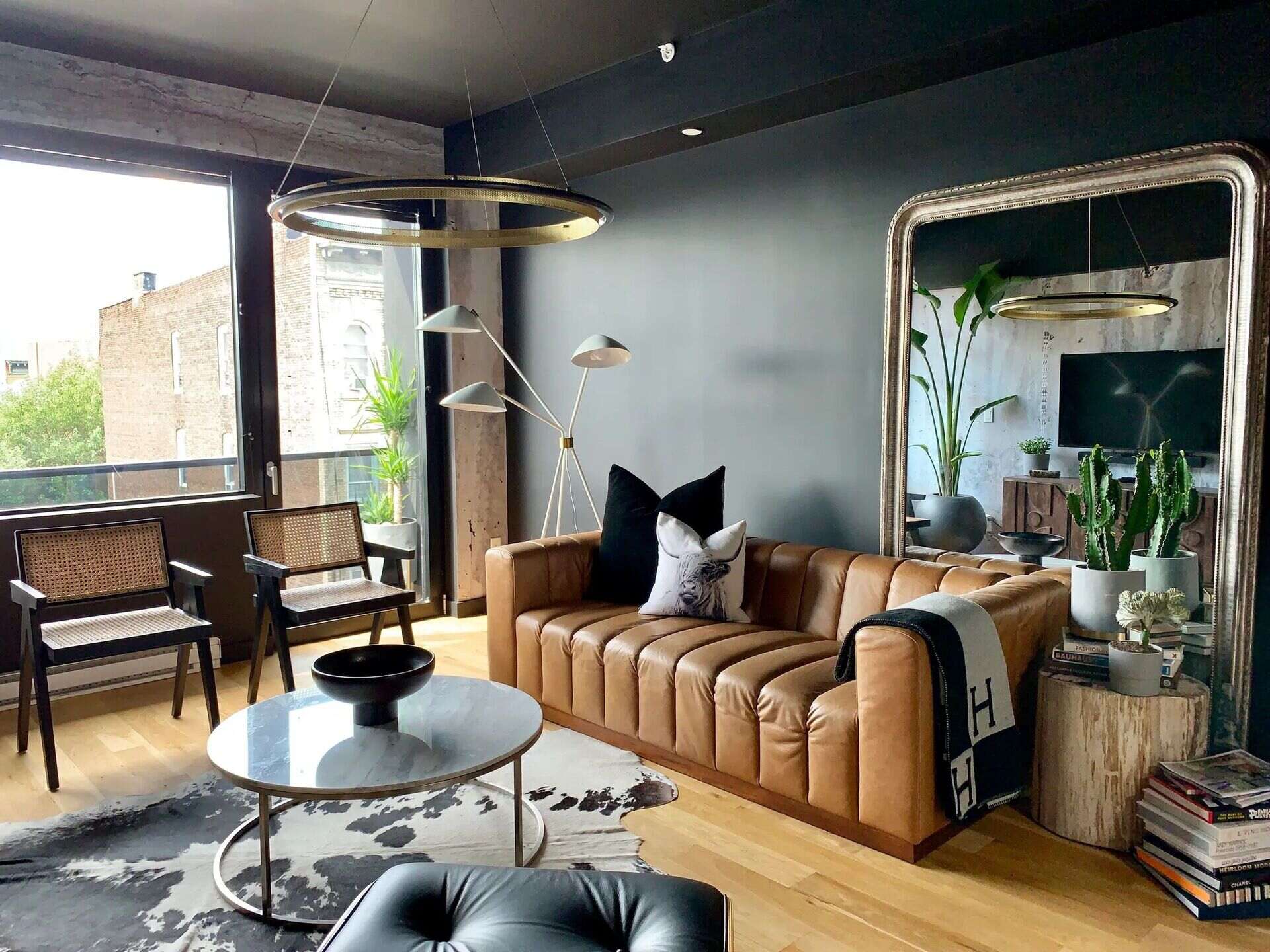
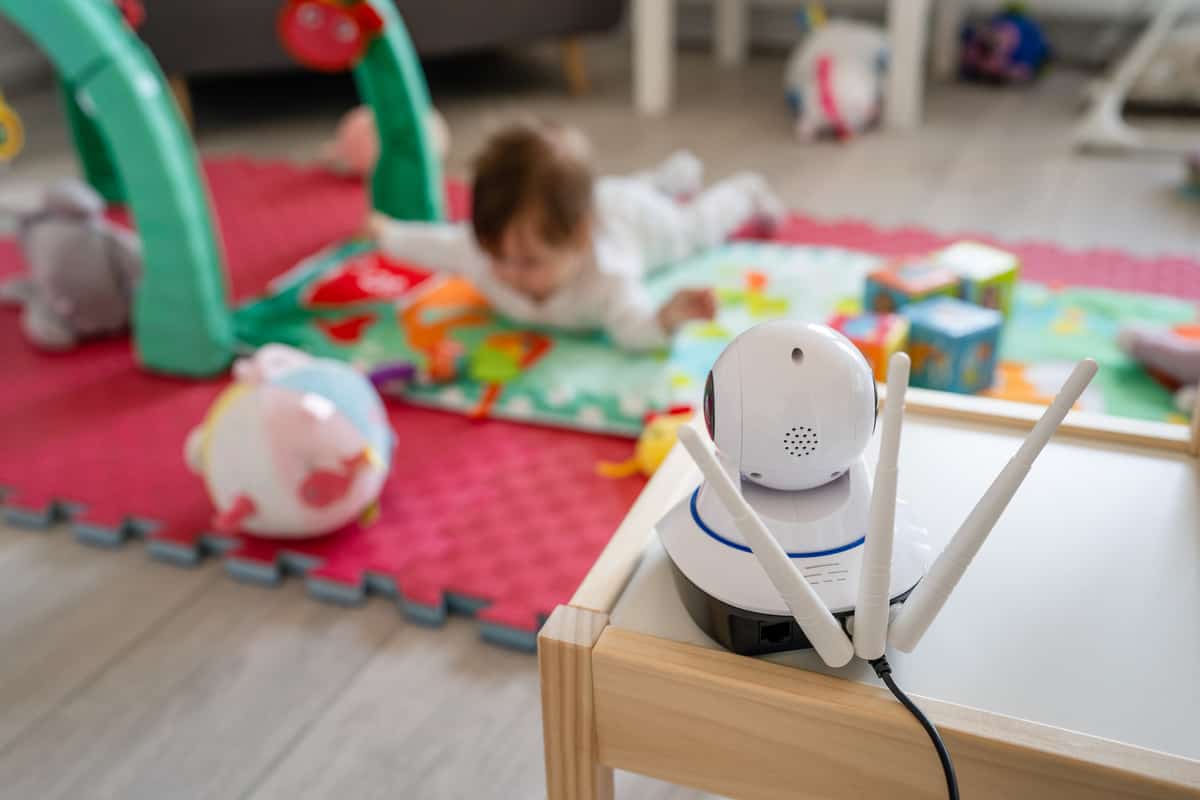


0 thoughts on “Where To Put Fan In Baby Room”